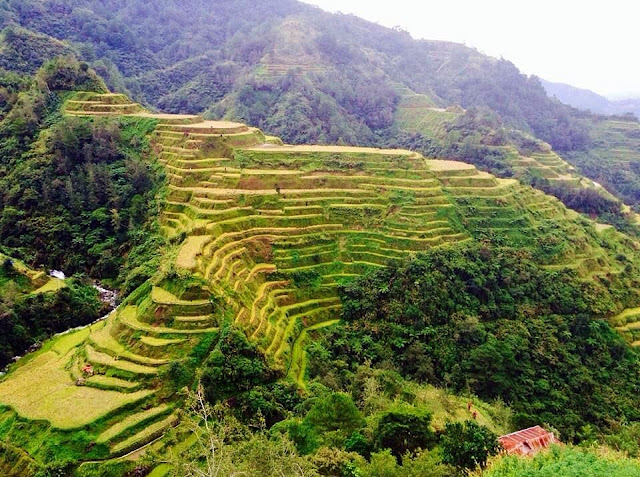Northern California Drought, Part 3: Hope Springs Eternal
Coyote Hills Revisited
I thought I would hike as many trails and as many miles as I can before leaving for my trip abroad, so we decided to return today. Where is Coyote Hills, anyway? I know we all can easily Google map a place, but I just wanted to mention that the park can be reached from Paseo Padre Parkway in Fremont, California, where you would turn sharply right to a tiny road to get to the park entrance, or gate if you’re driving. About a quarter mile from the gate, you’ll find a parking lot (you have to pay five dollars to park). But I never drive or park at the park’s parking lot, I always walk to the park entrance. There is a footpath along the same direction as the tiny road. This footpath is about a mile to the first marked trail entrance (there are a few trail entrances that branch out or connect to different trails).
We followed the footpath that continued to the parking lot, and crossed the road to reach the entrance to the “Muskrat Trail." On reaching the top of the hill, I saw a panoramic view of the Bay (Silicon Valley across, including the Facebook HQ).
#1 COYOTE HILLS
 |
|
Above, how high,
progressive life may go!
Around, how wide! how
deep extend below!
|
I did not hike this side of the park before, but the marsh down below was worse than what I saw two weeks ago and reported in my last blog. The grasses were bone dried and the ground had deep cracks.
#3. CALIFORNIA DROUGHT
 |
Or in full creation
leave a void,
Where, one step broken,
the great scale’s destroy’d:
|
While I was shocked to see how sad-looking the marshes down below, beautiful black and brown birds (red tail hawks) abound at the top of the big rock. We lingered a while by the big rock to enjoy the birds. Our hiking turned into a nature walk. We saw lots of birds along the way: blue heron, white heron, cinnamon duck, blue mallard, egret, white egret, Canada goose, sparrow, warbler, swift, wrens, lots of pipits...it was unbelievable. Although I did not bring my big camera, I had my phone camera handy, so I was able to take some photos.
#3. BIRDS
 |
|
Natures ethereal,
human, angel, man,
Beast, bird, fish, insect! what no eye can see |
#4. EARLY SPRING
 |
For me kind Nature
wakes her genial pow'r,
Suckles each herb, and spreads out ev'ry flow'r |
The ground leading to the park entrance was covered in yellow spring flowers. A couple was doing their own photo shoot. I snapped a picture without realizing that the bride got included in this photo -- perfect for the theme of this blog.
#5. FIELDS OF GOLD
 |
Hope springs eternal in the human breast;
Man never is, but always to be blessed:
The soul, uneasy and confined from home,
Rests and expatiates in a life to come.
|
NOTE:
- Photo caption excerpted from Alexander Pope's poem, "An Essay on Man." Not to take the poem out of context and give it a new meaning, but I could not find better lines to express my feelings and describe the pictures.
- All photos by the author
- Visit the Regional Park website for additional information http://www.ebparks.org/parks/coyote_hills




Comments
Post a Comment